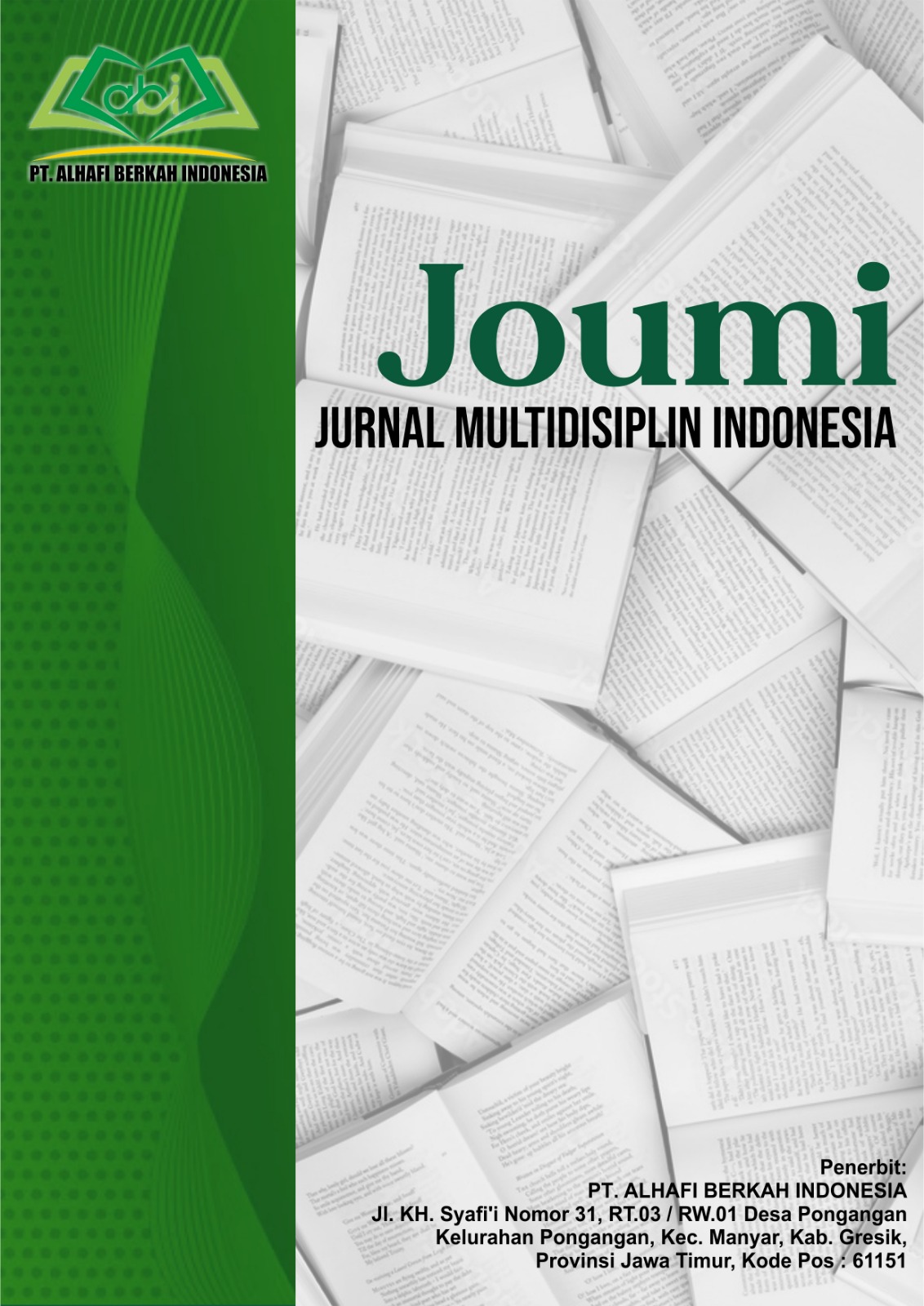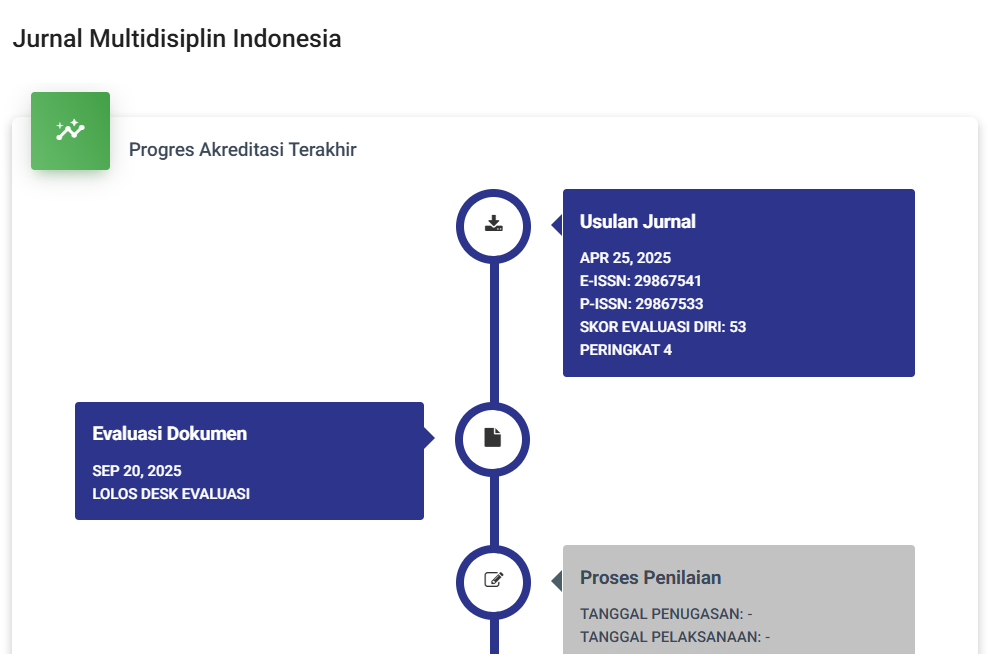Human Resource Development In The Public Sector As A Catalyst For Regional Economic Development
DOI:
https://doi.org/10.62007/joumi.v3i2.501Keywords:
HR development, public sector, regional economic development, bureaucratic performance, regional innovationAbstract
This study explores the role of human resource (HR) development in the public sector as a catalyst in driving regional economic growth. A qualitative approach was used with a library research method and in-depth interviews with eight key informants from local government institutions, academics, and economic development practitioners. The study results indicate that planned, competency-based, and public service-oriented HR development can improve bureaucratic performance, accelerate decision-making, and encourage efficient governance. It has a direct impact on improving the investment climate and regional economic productivity. The study found that inter-sectoral collaboration and strengthening institutional capacity are significant factors in the success of the HR development agenda in the public sector. This study recommends improving the quality of training, performance-based evaluation, and utilizing digital technology as a strategy for sustainable HR development.
References
Agit, A., & Muharram, S. (2024). Artificial Intelligence Capability in Education to Enhance Human Resources Quality from Economic Perspective. 738–746.
Ahmad Shakir, I., & Iqbal Khan, T. (2022). Green Human Resource Management Practices: A Study on The Banking Sector of Pakistan. INTERNATIONAL JOURNAL OF ECONOMICS AND BUSINESS ISSUES, 02(02), 67–90.
Alma, S., Nur, S., Zulkiffli, A., Hazimah, N., & Mat, N. (2024). The Link between Green Human Resource Management and Job Performance: Investigating the Mediating Role of Organizational Culture. Journal of System and Management Sciences, 14(12), 114–128. https://doi.org/10.33168/jsms.2024.1207
Anwar, M. Z., & Jati, L. J. (2023). Increasing the Organizational Green Performance through Green HRM Practices and Islamic Spiritual Intelligence. TheJournalish: Social and Government, 4(4), 496–512. https://doi.org/https://doi.org/10.55314/tsg.v4i4.626
Dakhan, S. A., Sohu, J. M., Jabeen, A., Mirani, M. A., Shaikh, J. A., & Iqbal, S. (2020). Impact of Green HRM on Employees Pro-Environmental Behavior: Mediating Role of Women Environmental Knowledge at Higher Education Institutions. IJCSNS International Journal of Computer Science and Network Security, 20(12), 202–208. https://doi.org/10.22937/IJCSNS.2020.20.12.222
Haryadi, Y., Narimawati, U., & Syafei, M. Y. (2024). Tec Empresarial The Effect of Information Technology Utilization. Business International Management, 21, 13–26. https://doi.org/https://doi.org/10.1229/tecempresarialjournal.v19i2.490
Herder, J. (2024). AI-Driven Human Resource Analytics for Enhancing Workforce Agility and Strategic Decision-Making. Economic Development, 1(5), 471–485.
Ingvaldsen, J. A., & Engesbak, V. (2020). Organizational learning and bureaucracy: an alternative view. Learning Organization, 27(5), 403–415. https://doi.org/10.1108/TLO-11-2019-0168
Lovelock. (2012). Pemasaran Jasa Manusia, Teknologi, Strategi (12th ed.). PT Erlangga.
Manzoor, F., Wei, L., Bányai, T., Nurunnabi, M., & Subhan, Q. A. (2019). An examination of sustainable HRM practices on job performance: An application of training as a moderator. Sustainability (Switzerland), 11(8), 1–19. https://doi.org/10.3390/su11082263
Nasuition. (2013). Metode Penelitian Naturalistik Kualitatif dan Kuantitatif (1st ed.). PT Amara Books.
Nurcahyo, S. A. (2024). Peningkatan Innovative Work Behavior Melalui Quality of Work Life Dan Pengembangan Karier Sebagai Variabel Mediasi. Januari, 25(1), 20–35.
Orlova, E. V. (2021). Design of personal trajectories for employees’ professional development in the knowledge society under industry 5.0. Social Sciences, 10(11). https://doi.org/10.3390/socsci10110427
Pitono, A., & Kartiwi, K. (2016). Penguatan pemerintahan desa dan kelurahan menuju pembangunan berkelanjutan dalam rangka peningkatan kesejahteraan masyarakat. Jurnal Politikologi, 3(1), 27–37.
Setyaningrum, R. P., & Muafi, M. (2023). Green Human Resources Management on Business Performance: The Mediating Role of Green Product Innovation and Environmental Commitment. International Journal of Sustainable Development and Planning, 18(1), 209–220. https://doi.org/10.18280/ijsdp.180122
Sigit, K. N., & Soliha, E. (2017). Kualitas Produk Dan Kualitas Layanan Terhadap Kepuasan Dan Loyalitas Nasabah. Jurnal Keuangan Dan Perbankan, 21(1), 157–168. https://doi.org/10.26905/jkdp.v21i1.1236
Soerjani. (2016). Ekologi, Lingkungan Hidup, dan Pembangunan (1st ed.). UI Press.
Suratno, S., & Roosna, E. (2023). Intellectual Capital and Company Size of state-owned company (BUMN) and Its Impact on Company Performance. ADPEBI International Journal of Business and Social Science, 3(1), 27–41. https://doi.org/10.54099/aijbs.v3i1.551
van Assen, M. F. (2020). Empowering leadership and contextual ambidexterity – The mediating role of committed leadership for continuous improvement. European Management Journal, 38(3), 435–449. https://doi.org/10.1016/j.emj.2019.12.002
Wikaningrum, T., & Kartikasari, L. (2023). Integration of talent management and knowledge management for enhancing innovation performance. Jurnal Ekonomi Dan Bisnis, 26(Oktober), 331–348.
Downloads
Published
How to Cite
Issue
Section
License
Copyright (c) 2025 Ani Nuraini, Darwati Susilastuti

This work is licensed under a Creative Commons Attribution-ShareAlike 4.0 International License.







